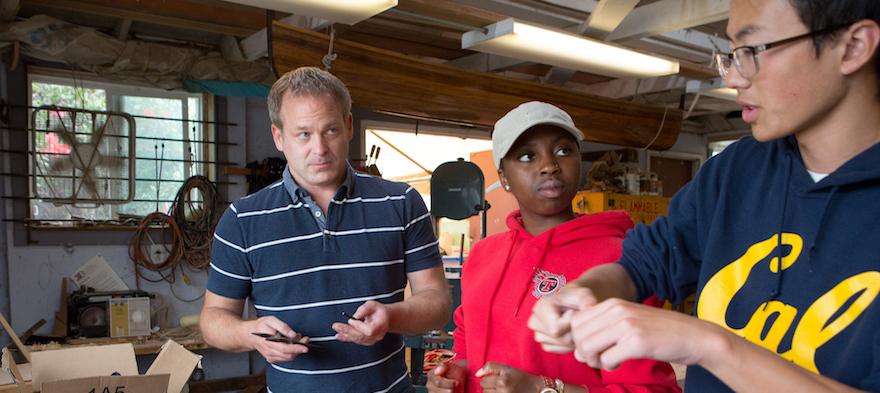
Dec 11, 2018 12:00:00 AM
by Shaun Woodly
Shaun Woodly has dedicated his professional career to educators. He is a decorated K-12 and university educator whose deep passion and research in effective teaching practices and school improvement have allowed him great success as an educator and leader. He has a successful educator’s podcast called "The Urban and Educating Podcast," and his best-selling book “MC Means Move the Class: How to Spark Engagement and Motivation in Urban and Culturally Diverse Classrooms” is currently available on Amazon.
Few issues in education spark more tension and debate than standardized testing. Are they a tool for equity or a burden on students? A necessary check on school systems or a flawed measure of...
Charter schools are public schools with a purpose. Operating independently from traditional school districts, they're tuition-free, open to all students, and publicly funded—but with more flexibility...
Despite the benefits of a diverse teaching force, prospective teachers of color fall out of our leaky preparation pipeline at every stage: preparation, hiring, induction, and retention. Here’s what...
Ed Post is the flagship website platform of brightbeam, a 501(c3) network of education activists and influencers demanding a better education and a brighter future for every child.
© 2020-2025 brightbeam. All rights reserved.
Leave a Comment